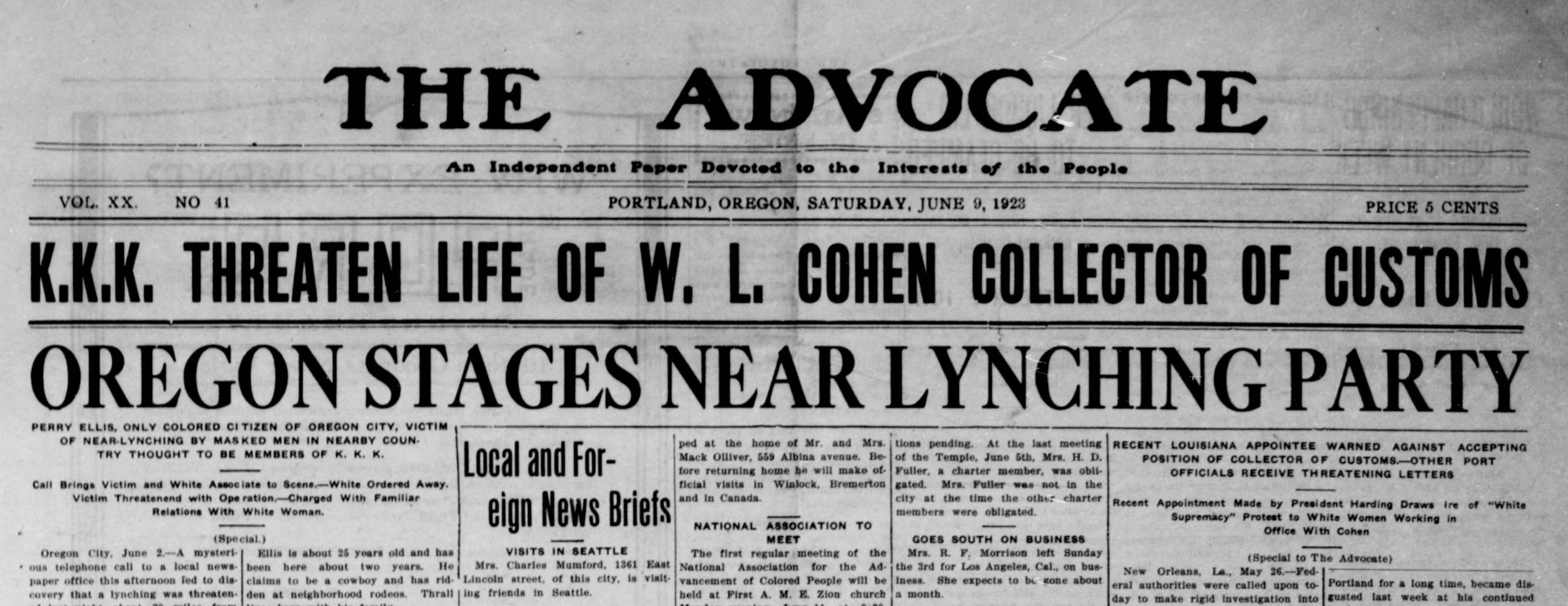News Articles Fundamentals Explained
News Articles Fundamentals Explained
Blog Article
7 Simple Techniques For News Articles
Table of ContentsSome Ideas on News Articles You Should KnowNot known Incorrect Statements About News Articles 3 Easy Facts About News Articles ShownThe Of News ArticlesNot known Facts About News Articles
Good knowledge of various topics gives pupils an one-upmanship over their peers. Even though electronic and social media sites are conveniently easily accessible, we need to not forget exactly how vital it is to check out the papers. Moms and dads must attempt and instill the routine of reviewing a paper as an everyday routine to continue the heritage of the revered print medium.Newspaper article likewise have a minimum of one of the adhering to essential features family member to the desired target market: distance, prestige, timeliness, human rate of interest, quirk, or repercussion. The related term journalese is sometimes made use of, generally pejoratively, to refer to news-style writing. Another is headlinese. Papers normally adhere to an expository writing style.
Within these restrictions, news stories additionally intend to be detailed. Among the bigger and much more reputable newspapers, fairness and equilibrium is a significant element in providing details.
Newspapers with an international target market, for instance, often tend to use a much more official style of creating. News Articles.; common design overviews include the and the US News Design Publication.
How News Articles can Save You Time, Stress, and Money.
As a guideline, journalists will certainly not use a long word when a brief one will certainly do. Information authors try to stay clear of using the exact same word more than as soon as in a paragraph (sometimes called an "echo" or "word mirror").
Headlines often omit the topic (e.g., "Jumps From Watercraft, Catches in Wheel") or verb (e.g., "Feline woman lucky"). A subhead (likewise subhed, sub-headline, subheading, caption, deck or dek) can be either a secondary title under the primary headline, or the heading of a subsection of the article. It is a heading that comes before the major text, or a team of paragraphs of the primary text.

Added billboards of any of these types might appear later in the write-up (especially on subsequent web pages) to tempt more analysis. Such billboards are likewise used as tips to the short article in various other areas of the publication or website, visit this page or as ads for the piece in various other publication or websites. Typical framework with title, lead paragraph (recap in strong), various other paragraphs (details) and contact information.

Example of a hard-lead paragraph NASA is proposing another space job. The agency's budget plan request, announced today, consisted of a plan to send out an additional goal to the Moon. This time around the agency hopes to develop a long-term facility as a jumping-off place for various other space adventures. The budget plan requests around $10 billion for the task.
An "off-lead" is the second most crucial front web page news of the day. To "hide the lead" is to start the short article with background information or details of additional value to the viewers, compeling them to review even more deeply into a post than they should have to in order to discover the necessary points.
The 30-Second Trick For News Articles
Usual usage is that a person or more sentences each form their very own paragraph. Reporters generally describe the organization or structure of a newspaper article as an upside down pyramid. The necessary and most fascinating aspects of a tale are put at the start, with sustaining info adhering to in order of reducing importance.
It enables people to explore a subject to only the deepness that their you can try these out curiosity takes them, and without the imposition of information or nuances that they might think about irrelevant, however still making that information readily available to a lot more interested visitors. The upside down pyramid structure additionally allows articles to be cut to any kind of approximate size during layout, to suit the area readily available.
Some authors try this start their tales with the "1-2-3 lead", yet there are many kinds of lead available. A twist can refer to numerous things: The last tale in the information broadcast; a "happy" story to end the program.
Longer write-ups, such as magazine cover write-ups and the pieces that lead the inside areas of a newspaper, are called. Function stories vary from straight news in a number of means. Foremost is the absence of a straight-news lead, a lot of the time. Rather than using the essence of a tale up front, function writers may attempt to entice viewers in.
Get This Report on News Articles
The journalist often details communications with meeting topics, making the item more individual. A function's initial paragraphs frequently connect a fascinating moment or event, as in an "unscientific lead". From the particulars of a person or episode, its view promptly broadens to abstract principles regarding the story's subject. The area that signifies what a feature has to do with is called the or signboard.

The Editor's Toolbox: A Referral Overview for Beginners and Professionals (2001) Allan M. Siegal and William G. Connolly. The New York Times Guidebook of Style and Usage: The Official Style Overview Used by the Writers and Editors of the Globe's Many Reliable Paper (2002) M. L. Stein, Susan Paterno, and R.
Report this page